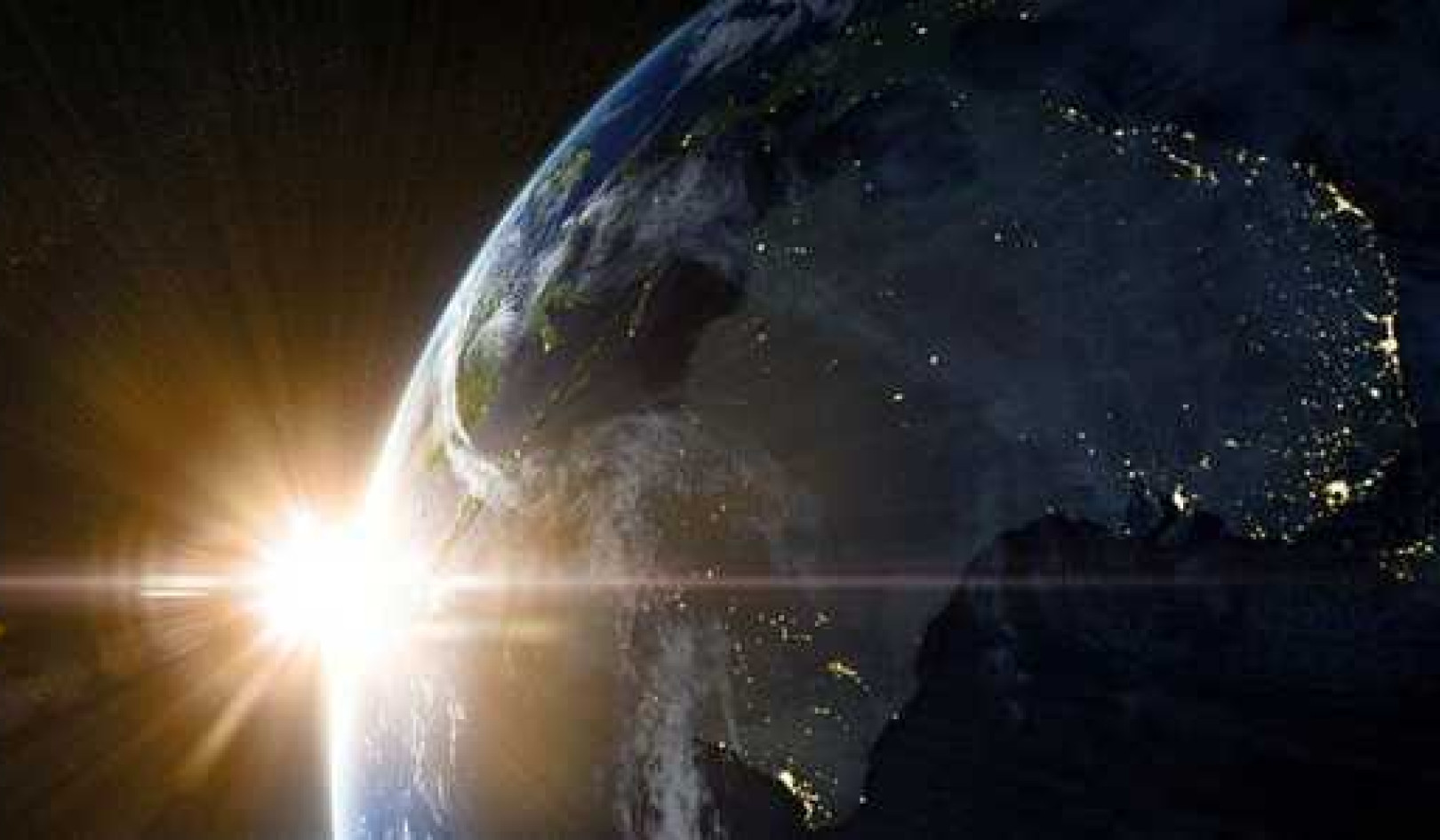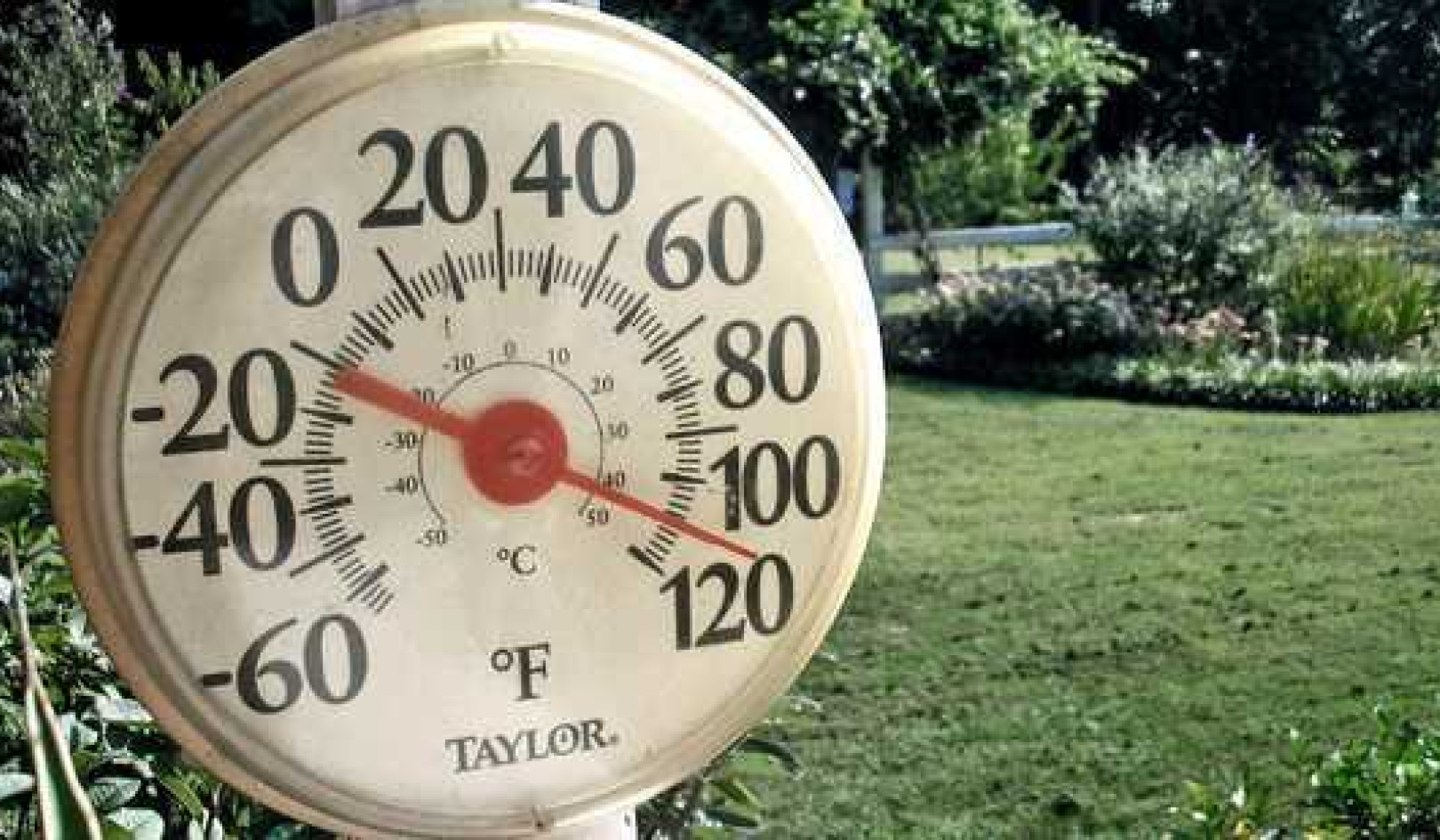{vembed Y=5z1_Mj73Du8}
An alarming new report by a panel of leading scientists warns that human activity is causing the disappearance and deterioration of wildlife at a rate that could represent an existential threat to humanity within our lifetimes.
The United Nations’ Intergovernmental Science-Policy Platform on Biodiversity and Ecosystem Services released its conclusions earlier this week, and found that one million plant and animal species could go extinct in the foreseeable future unless current trends are reversed.
The study estimates the global extinction rate is “already at least tens to hundreds of times higher than it averaged over the past 10 million years.” It is the largest and most comprehensive global study of biodiversity ever. It took three years to complete and is based on 15,000 scientific papers.
The landmark report singled out industrial farming and fishing as major drivers of the crisis and called for “transformative change” to arrest present trends of biodiversity loss and species extinction. We speak with Kate Brauman, one of the coordinating lead authors of the UN report. She is an environmental scientist at the University of Minnesota.
And we speak with Ashley Dawson, a professor of post-colonial studies at the City University of New York Graduate Center and College of Staten Island. His books include “Extreme Cities: The Peril and Promise of Urban Life in the Age of Climate Change” and “Extinction: A Radical History.”
Related Books
at InnerSelf Market and Amazon

























